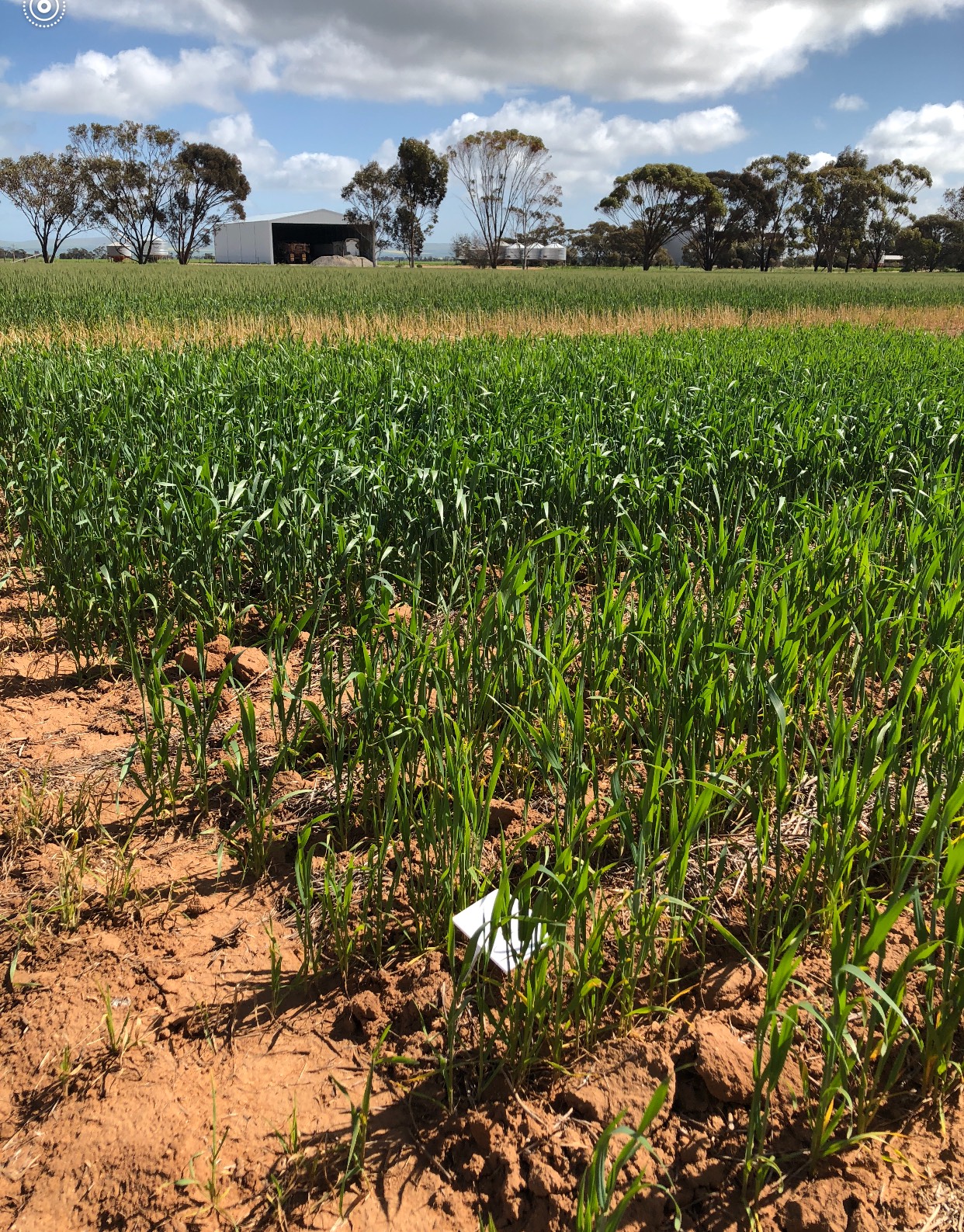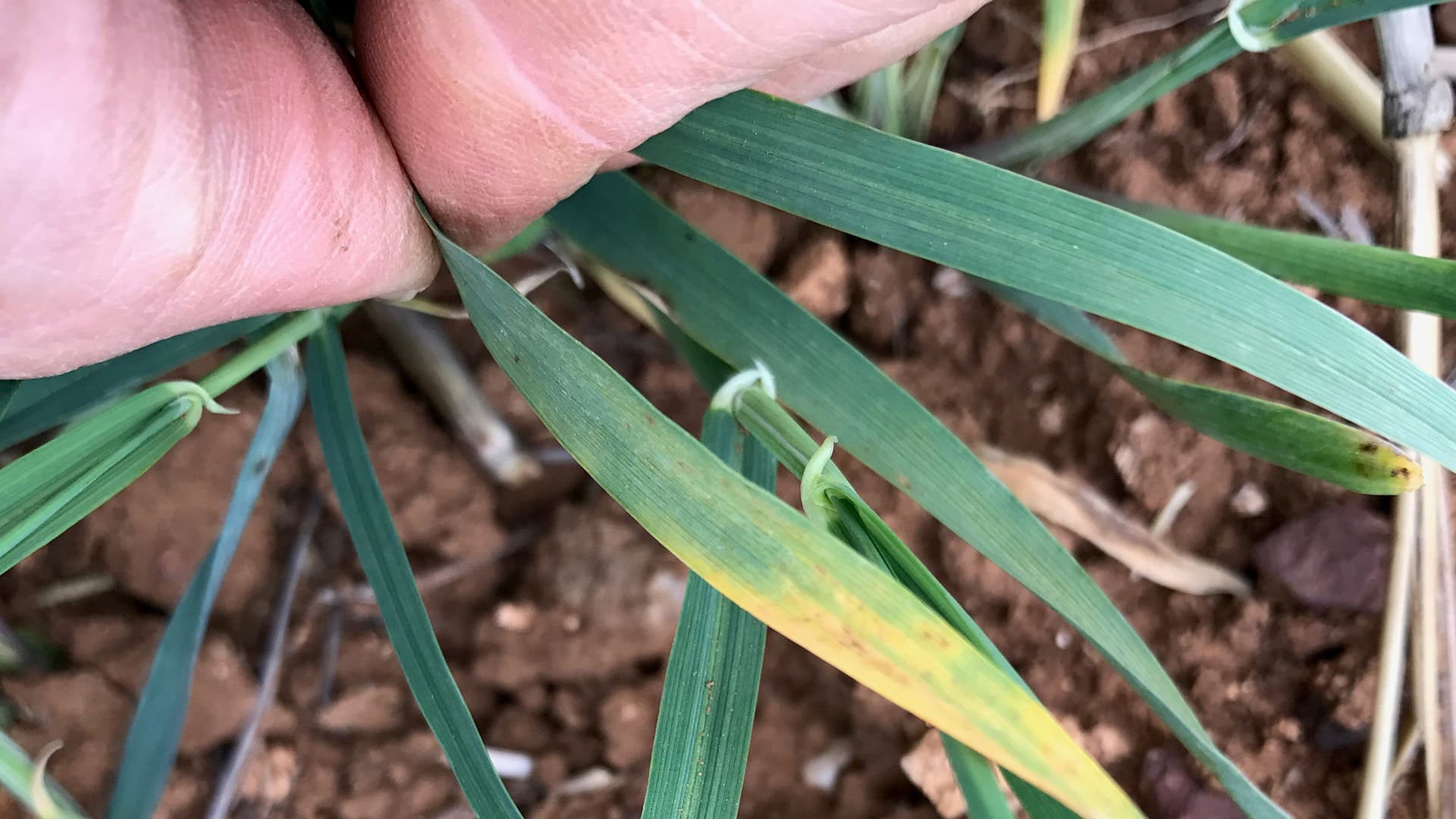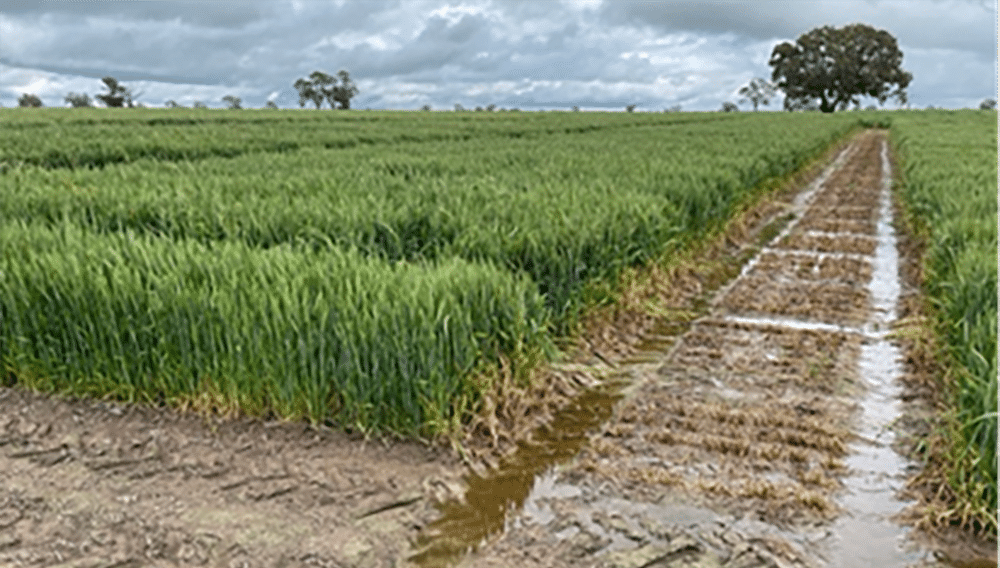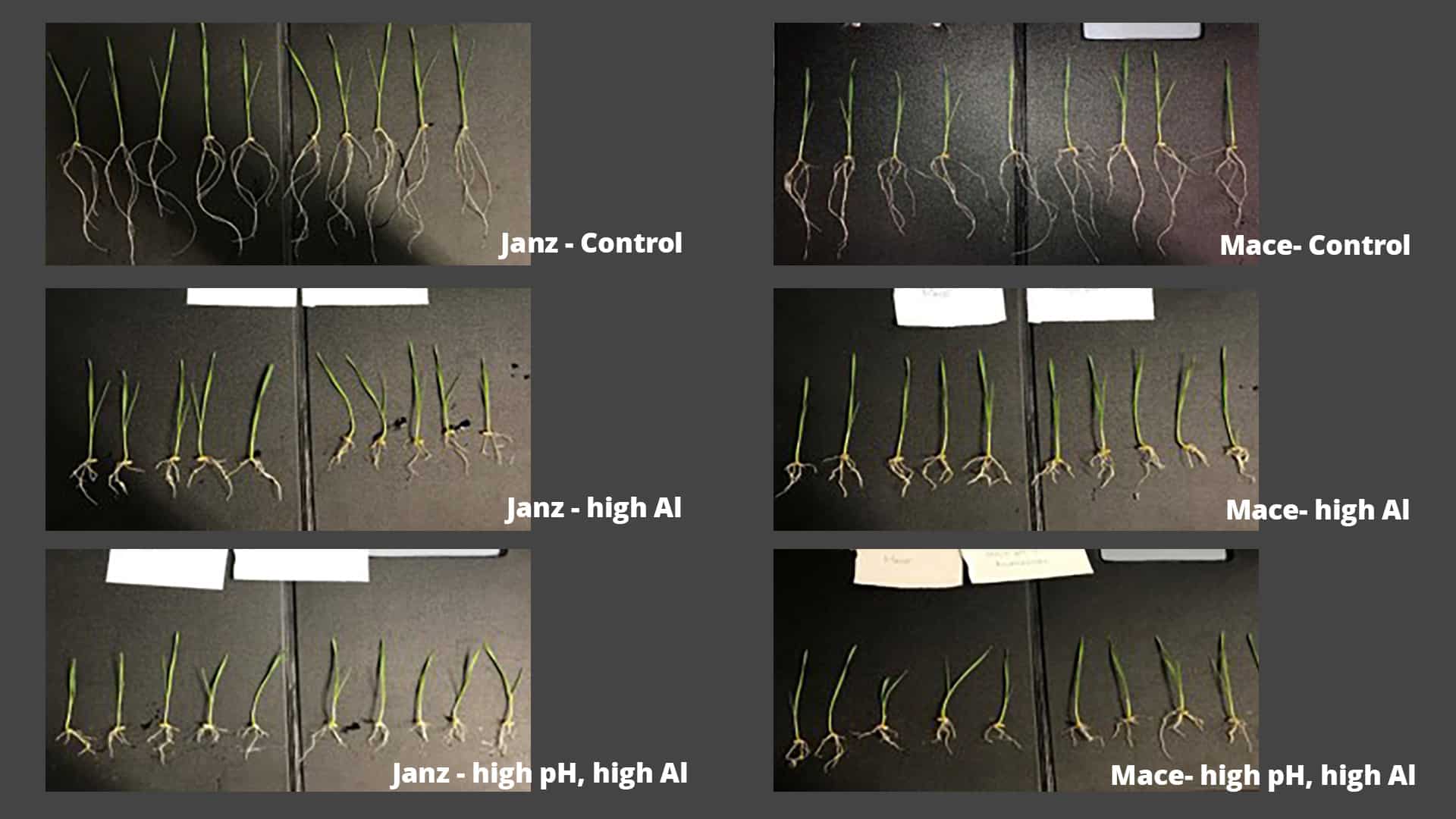START
FINISH
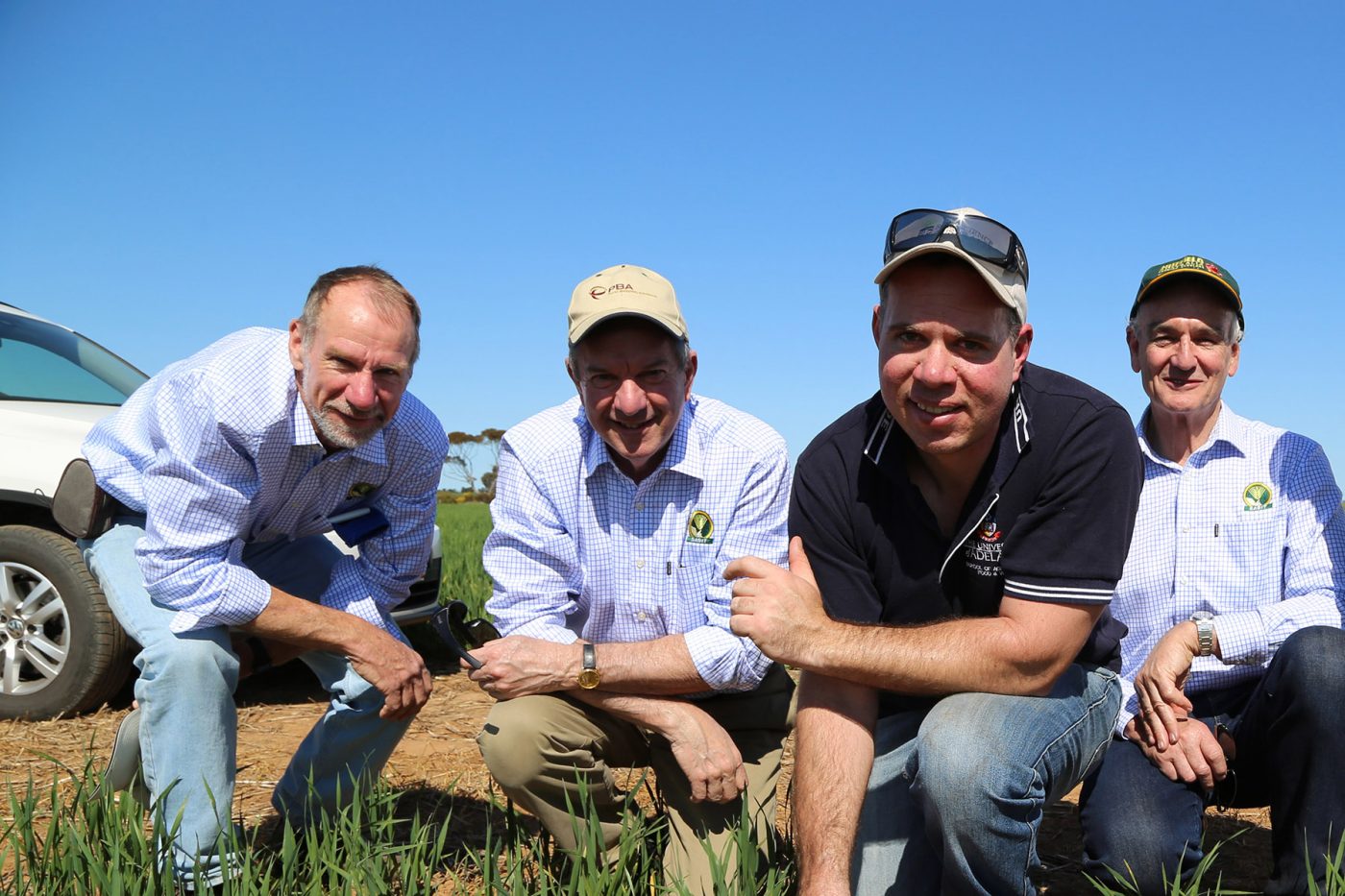
Summary
Growing crops on calcareous or sandy soil types can often present nutritional challenges for growers which then need to be met through chemical fertilisers to produce a successful crop.
This project investigated the nitrogen use efficiency (NUE) of different nitrogen fertilisers in wheat crops grown on sandy and calcareous soils in the Mid North and Mallee, which through their soil characteristics may pose risks of applying high nitrogen rates and forms close to the seed.
The research showed NUE is not consistently linked to product type when applied on sandy and calcareous soils. However, due to dry finishes in each season during the trial period the products were not tested when demand for nitrogen was high.
Background
Calcareous and sandy soils present a range of constraints, including alkalinity, low pH buffering, low organic carbon levels and a reduced ability to supply or retain nutrients, which can affect crop yield. Nitrogen is essential for wheat development and is often applied as a fertiliser to supplement existing levels in the soil.
Nitrogen can either be applied at sowing or during the growing season and is available in a variety of forms. It is relatively unknown if there are differences in NUE – the amount of available nitrogen that is taken up by the plant – when different nitrogen fertilisers are applied on specific calcareous and sandy soils. Implications of high rates of nitrogen in various forms placed near the seed at sowing in these soil types is worth assessment.
Previous glasshouse trials had identified potential issues of high nitrogen rates as urea placed near the seed in generating lower micronutrient (zinc and manganese) uptake of wheat compared to other nitrogen products. This effect needs to be quantified under field conditions.
Research Aims
The core objectives of the project were to:
- To assess the pools of mineral/inorganic nitrogen (NO3, NH4) derived from different nitrogen forms and fertiliser products during crop growth in contrasting soil types.
- To determine the availability and efficiency of different nitrogen fertiliser forms for plant uptake and grain yield.
In The Field
Trials were established at Condowie and Lameroo in 2017 and Brinkworth and Karoonda in 2018. All the trial sites were sown with Mace wheat. The research tested di-ammonium phosphate (DAP), sulphate of ammonia (SOA), liquid urea ammonium nitrate (UAN) and urea at varying rates up to 80 kilograms of nitrogen per hectare using a combination of sowing and in-season applications.
Soil testing for existing nitrogen levels was performed at trial establishment. In-season soil nitrogen levels were measured at growth stage 30, or end of tillering, which was also when normalised difference vegetation index (NDVI) images were taken. Final grain yields and grain quality measurements were taken to analyse results.
Trials were deliberately established on sites with low soil nitrogen levels in order to test crop responsiveness to nitrogen applications. However, this was complicated in 2018 due to dry growing conditions at both sites which meant crops required little further nitrogen above soil supplied nitrogen which were enough to meet most of the crop growth needs.
Results
The research showed there is no benefit in choosing one nitrogen fertiliser product over another when considering NUE and soil type interaction. However, due to dry seasons with warm finishes, NUE and the different nitrogen products were unable to be tested under high crop nitrogen demand. The 2017 and 2018 seasons resulted in low yields of below two tonnes per hectare and caused most sites to be non-responsive to nitrogen applications.
Applied nitrogen significantly increased grain protein levels and high NUE values were obtained with low rates of applied nitrogen at sowing for Brinkworth and Karoonda. The only exception to this was UAN applied at 10kg N/ha, which had low NUE.
Additionally, the research identified potential issues with placing DAP near the seed, but more research is required to understand this observation. This finding is consistent with those observed in CSIRO trials which demonstrated the benefits of placing DAP five centimetres below the seed in sandy soil types.
Project Participants
Agronomy Solutions: Dr Sean Mason
The Problem
For low to mid rainfall regions, crop nitrogen requirements are now more commonly met with applications at sowing which might pose a risk to early crop growth but the effects of different N sources is relatively unknown.
The research
This project aimed to assess the effectiveness of different nitrogen fertiliser products in delivering plant available nitrogen to wheat on calcareous and lighter textured soils.
More information
Sean Mason, Agronomy Solutions
T: 08 8332 0199
E: [email protected]
Value for Growers
This project did not identify consistent differences in the efficiencies of various nitrogen products in either sandy or calcareous soils. Instead, growers should focus on best practice nitrogen management by soil testing to guide sowing and in season applications and by adjusting applications according to yield potential and in-season soil nitrogen levels.

